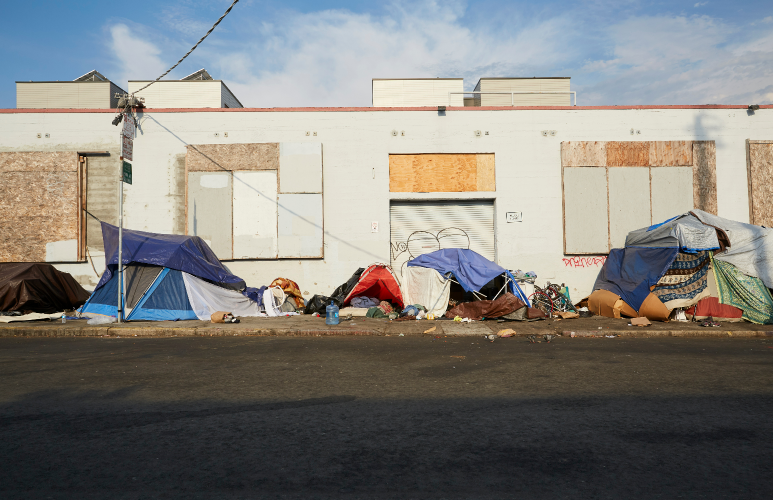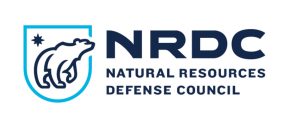Fundraisers are often urged to “use storytelling” to make the case for support. There’s nothing, it is said, like a compelling story to drive home the nature of the problem or the opportunity for action. At the same time, foundation managers ask specific questions and make specific requests for data to make the case: how many, how fast, what metrics, how to monitor and measure and plot your impact.
It’s a good idea to consider both elements in a persuasive proposal. Stories without data are often lighter than air and will float away. Data without real-life examples can cause eyes to glaze over and can feel bloodless and mechanistic. Persuasive proposals depend on data and drama to make the case.
One approach is to start with the big picture, the wide-open lens, and begin to draw a sharper focus on the situation by zeroing in on a single story. Consider, for example, presenting data about homelessness in California — maybe as many as 160,000 people by some estimates — and giving some information about where California’s unhoused population is concentrated. Drive it home by describing a day in the life of a mother and her kids living under the freeway overpass in one of the Bay Area’s “encampments.”
“It might work the other way, too,” said Thomas Boyd, chief editorial consultant for The Grantsmanship Center in Los Angeles, Cailf., starting with a compelling real-life story and then laying out the extent of the situation you’ve portrayed. “This might be an effective structure if the issue or problem you’re addressing has been talked about and written about a lot. Instead of starting your proposal with an overwhelm of “stats we’ve heard a million times,” start with a story we haven’t heard before,” according to Boyd.
Here’s an example of how such a structure might work: “When no. B767, a dairy cow in New York State, eats, it creates methane in its rumen and has to belch to avoid bloating. It belches methane, one of the greenhouse gasses that causes global warming. Helping reduce methane in no. B767 isn’t going to save the planet—but what about a billion cows?”
Once the reader’s mind holds a vivid picture of a single, chewing cow, you can go on to present the global statistics about methane and agriculture and climate change, connecting that cow to bigger impact across the world — impact which touches even the life of the reader. © Copyright 2022 The Grantsmanship Center.












